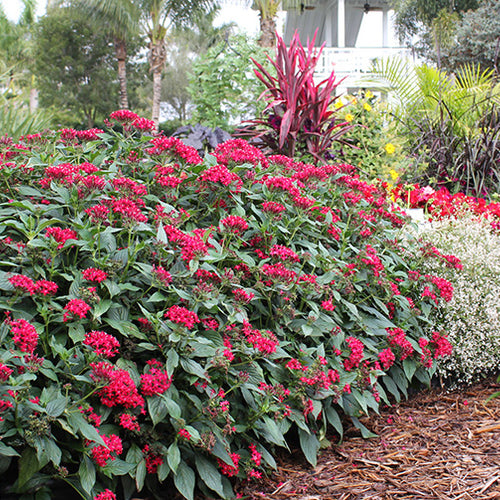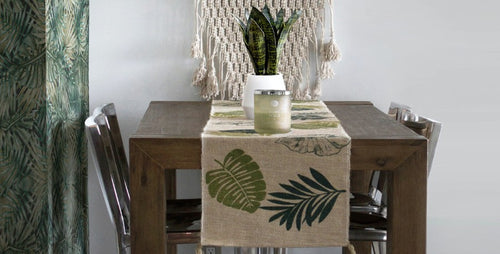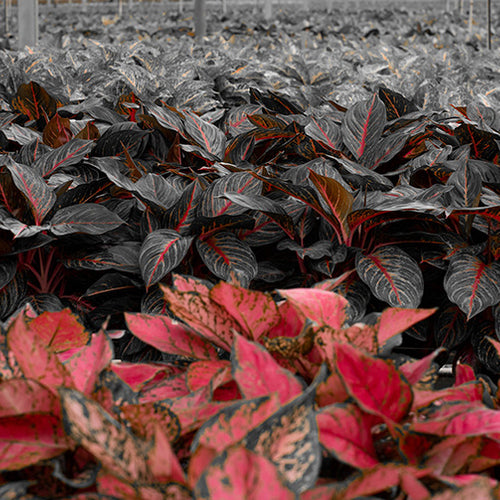 Rain is life—for a garden. And capturing what falls from the sky is both frugal and fun.
Rain is life—for a garden. And capturing what falls from the sky is both frugal and fun. Case in point. My friends Jill and Tim installed rain chains (beautiful alternatives to gutters) when they built their lake house in southern Iowa. They have three. The first two serve as a decorative (yet functional) feature on the front of their home. Like two dangling earrings, the aluminum, tulip-shape linked rain cups flank their front entryway.
The rain chain on the back of their house is pure rainy-day fun. “We sit on our covered deck and listen to the rain fall down through the chain,” says Jill. The 20-foot long chain ushers each captured raindrop down the length, making a soft ringing noise as it travels downward, where it pools into a galvanized container at the bottom. “We drilled a hole in the container, so the water slowly drains into our garden,” says Jill.
 Rain chains can capture and direct rainwater into a container such as a rain barrel (at left, planted with a showy papyrus). If you add a goldfish or two to an open container such as this, you won’t have to worry that your water feature will become a breeding ground for mosquitos. Goldfish gobble up mosquito larvae.
Rain chains can capture and direct rainwater into a container such as a rain barrel (at left, planted with a showy papyrus). If you add a goldfish or two to an open container such as this, you won’t have to worry that your water feature will become a breeding ground for mosquitos. Goldfish gobble up mosquito larvae.
You can also use an enclosed rain barrel simply to collect water for your garden. Capturing water from the sky to use in your garden when you need it makes sense, and are especially useful in areas where there are watering bans. Indoor plants love rainwater, a drink they usually don’t get when residing indoors.
Another idea for captured rain? If you have a low spot in your yard, channel the captured water to the spot and plant a rain garden. Plants that can be planted in a rain garden include bee balm, joe pye weed, hosta, perennial lobelia, daylily, artemisia, Karl Foerster grass, fountain grass, blue fescue, liriope, cinnamon fern, and catmint.
Written by Karen Weir-Jimerson

















